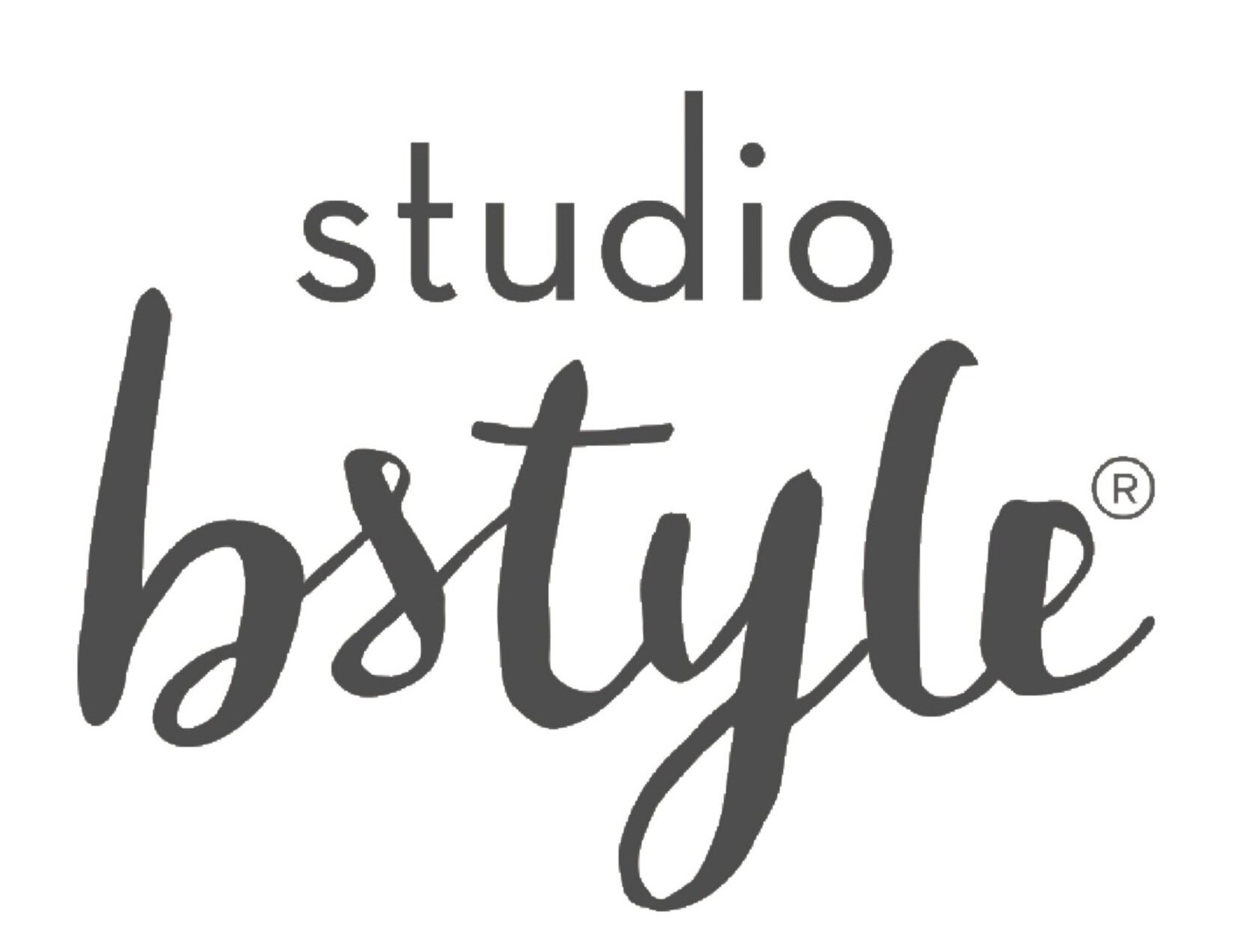Tile With Style
Tile is a mainstay of the most important areas of interior design: the kitchen and bathrooms. It’s used in backsplashes, walls, and flooring to create texture and visual interest in the spaces where you want to really show off your sense of style. It’s so fundamental that I feel a little silly even introducing it like this. But today, we’re talking tile: what types are big right now, what should you use for yourself, and what makes it work?
Tile is an installation, and that means that you need it to look good for a long time if you’d prefer to avoid ripping up your bathroom walls every few years. There are two key concepts to hold in mind when designing tile for the long-term. The first is finding a timeless style; something distinguished that doesn’t tie itself too closely to a particular time period. The second is to master motion and contrast, taking advantage of your tile’s characteristics to maximize visual interest in the space.
“I fell in love with the wheel motif I saw in this pattern, and the sense of motion that creates. The spokes of the wheel turn and interlace as you look at them,” says Barbara Schmidt, studiobstyle’s principal and lead designer.
This “wheel motif” that exemplifies both of the key tile concepts is Jeffrey Court’s Chapter 7 Carve Mosaic: brass accents inlaid with beautifully cut marble pieces that put a modern spin on Cubist geometric themes. The pattern is strong enough to focus a design on, but it scales to fit smaller spaces like a shower or backsplash. By combining 21st-century sensibilities with 20th-century aesthetics, it achieves a lasting sense of both modernity and old-fashioned appeal.
Instead of combining the old and new, it’s also possible to transform old material into a new style. These elongated rectangular tiles, also from Jeffrey Court’s Chapter 7 collection, are made from recycled glass. The colors in the glass swirl organically, contrasting the rigid shape of the tiles.
According to Barb, “It takes real brilliance to recycle glass into such a gorgeous organic pattern. I love the modern blends of color and the way that they swirl. It creates movement and textures like those found in nature and it all comes together on that long rectangle tile as a transitional pattern. You could exploit that transitional motion in your design for a really interesting effect if you lay your tile right.”
Maybe you’re not looking for something as fancy as Chapter 7. You want something simple without sacrificing beauty. Large format tile from Jeffrey Court’s Chapter 2, called “Vintage Studio,” might be your solution, shown above as part of a studiobstyle set. The tile and cabinetry here are strong, solid shapes in neutral white and off-white. The decor and hardware stands out against the tile with round forms and bold blacks, golds, and contrasting whites.
“Large format tile reminds me of Berlin, and that helped inspire us to create this design, where we blend European stature with Scandinavian whimsy in this apartment galley kitchen space,” says Barb. “Perfectly neat, squared rows of tile on mid century walls give an immediate impression that this room was carefully crafted without feeling delicate, which is important for a functional space like a kitchen. By contrasting against that tile, each surface plays in a different way with the light coming in from the doorway to the left.”
Small format tile builds patterns through multiplied repetitive shapes like herringbone, shown above, or perpendicular shapes, like the glass tiles mentioned earlier. “Smaller patterns create visual motion that can flow out from a central piece, like a tub or faucet. Learning how to manipulate motion and focus in this way is key to mastering tile. It allows you to blend or separate your visual elements to make more cohesive designs.”
Despite being a stationary installed surface, tile is all about motion and dynamics. With a proper understanding of these concepts, you can use just a little creativity to keep your tile looking fresh and stylish long after the initial installation.



